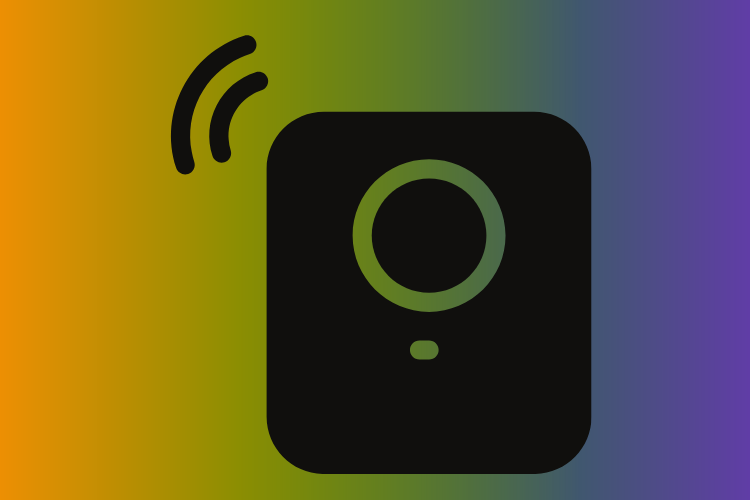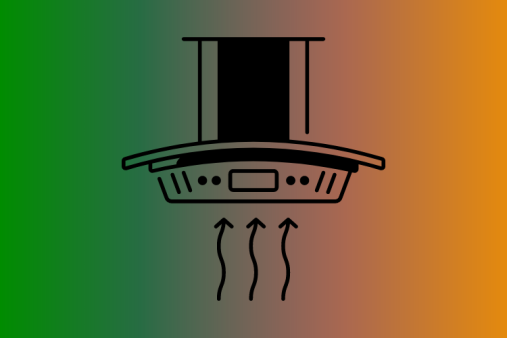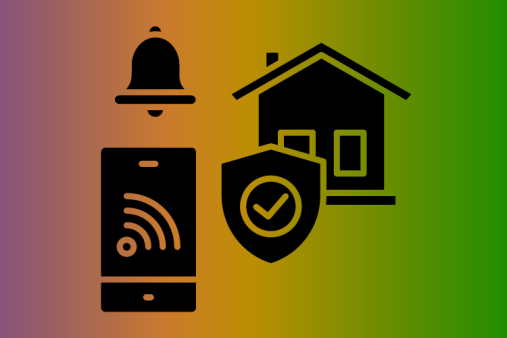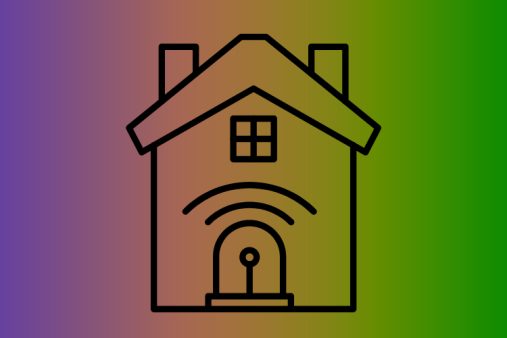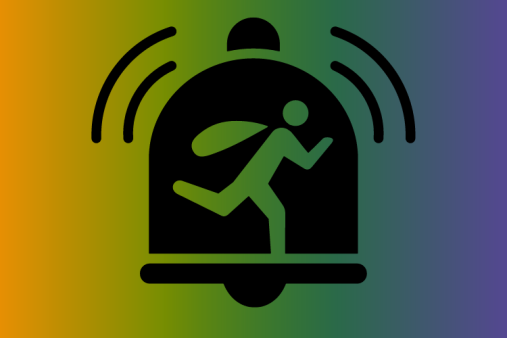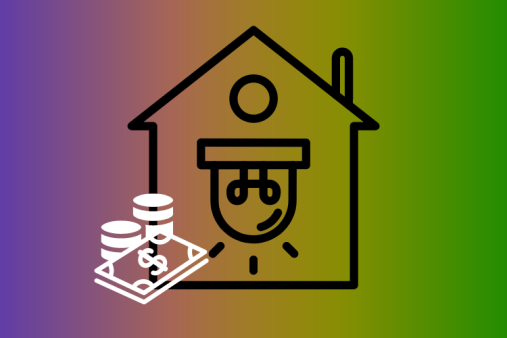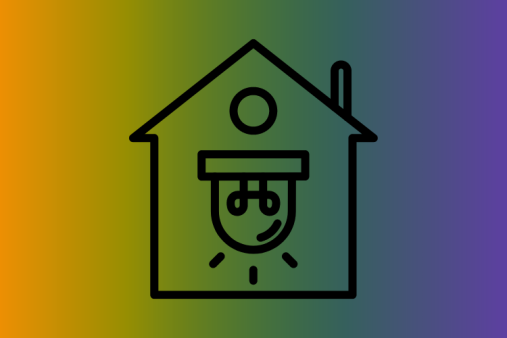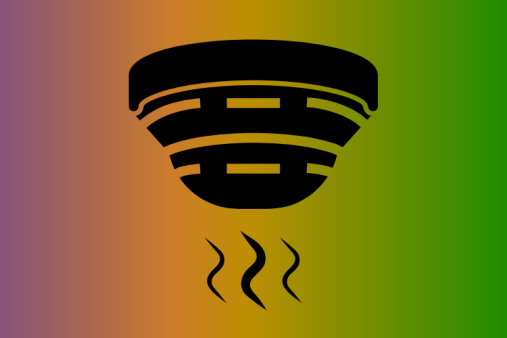How much does a wireless alarm system cost?
Although crime figures throughout the UK have been on a downward trend in recent years, the crime of burglary remains the one which most of us are afraid of. Having your house broken into is upsetting and hugely stressful, and even if you are covered by insurance it can be difficult to feel safe in your home again. One of the simplest methods of giving your family peace of mind is to install an alarm system. This will provide both a very visual deterrent to any potential burglars as well as alerting you, your neighbours or the Police should someone break into your property. So if you are considering ramping up the security around your property, what should you be looking for and how much should you expect to pay?
What should I look for in an alarm system?
Whatever the brand and however expensive, wireless alarm systems feature the same basic components. The first component is the piece of electronic kit which notices someone has broken into your house. This is called a passive infra-red detector, or PIR. When the alarm is set and something passes in front of the detector, this triggers the alarm. You will need several of these PIR units, and will also probably need advice on where to locate them. As a minimum, it is usually recommended that PIR units are placed in ground floor rooms and hallways and on upstairs landings. The size and layout of your house will therefore determine how many PIRs you will need. The second part of the alarm system is either a box which sounds a loud bell, alerts a security firm, or does both. This box is usually put on the outside of your house in a visible location to deter the thieves. Opting for a system which alerts a security company is more expensive, but might get you a discount on your home insurance, so this will help offset the cost a little. The final thing you will need is the control panel which allows you to alarm certain parts of the house only (e.g. you can set the alarm downstairs only when you are asleep upstairs). This box is usually located by the front door or in the cupboard under the stairs.
Benefits of a wireless system
Installing an alarm in the house used to mean putting up with an engineer crawling all over the house running various cables from the PIR units to the alarm box and the connection box. This was expensive and disruptive and could also limit where in the house you could place the infra-red detectors. A wireless system is just that; there are no wires between the control box, the detectors and the bell, and this makes the whole system much quicker to install. A wireless alarm can be moved around easily, or even taken with you if you decide to move house. Also if there are no wires connecting your alarm components together then there are no wires to be cut, and this can make the system more difficult to tamper with. There are so many clear benefits to installing a wireless alarm system compared to a traditional hard wired system that it is hardly surprising that these are becoming the default option for many homeowners.
Do you require a professionally maintained alarm?
The most basic type of alarm will ring a bell when triggered. This is the most popular type of alarm, and the cheapest, but it does have its drawbacks. Surveys have found that many of us just ignore alarms when we hear them ringing, so this may not be the best choice if you live somewhere without a neighbourhood watch scheme, or where you don’t know many of the other people living in your street. Many more sophisticated alarms will alert a monitoring company who will send someone round to investigate, and this service means you will have to pay a monthly or yearly fee to the monitoring company. Built-in with these sorts of monitoring packages is often an annual inspection and maintenance package for your alarm to check that it is working properly and to cut down on false call outs. This is the sort of arrangement which will potentially decrease your insurance premiums though, so the cost can be partially offset. A second option with wireless alarms is to have an alarm which is programmed to text or call a nominated person if the alarm is triggered and this is a cheaper option than using a monitoring company. Look at the various alternatives on the market considering your home and neighbourhood to decide which option is best for you.
Installation costs
As wireless house alarm systems are much simpler to install than traditional wired systems, installation charges are generally less. The exact cost will depend on the size of your house, the number of infra-red detectors you are thinking about installing and whether you are opting for a monitoring package or not. As a rough guideline, a very basic system to alarm the front door only will cost you about £60, with prices rising to £350 for a full home alarm system with top quality infra-red detectors. In terms of the monthly monitoring packages, you can expect to pay around £20 per month for a company to take on the monitoring and maintenance of your house alarm, assuming your alarm has been professionally installed and meets the company’s requirements. Usually it is more cost effective to buy the alarm, installation and maintenance package at the same time from the same provider so that everything conforms to their standards. This is a competitive market place and there are many different companies providing the service, so never go with the first company you speak to. Always get at least three quotes to help you compare both prices and service packages, and always get any agreement on prices in writing. Finally, remember to speak to your home insurance provider as a professionally installed and maintained alarm could reduce your monthly premiums.
